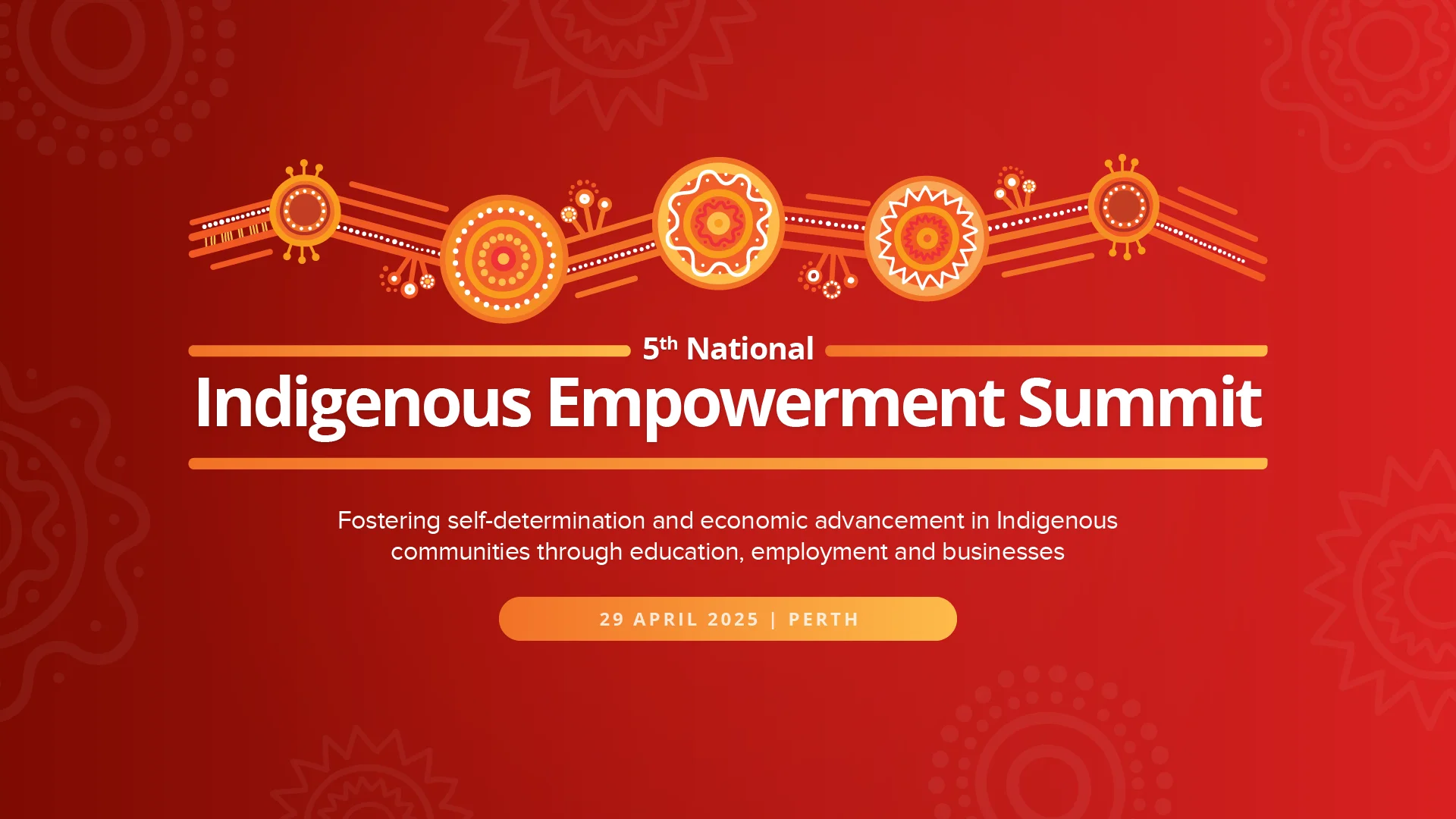Andrew Hill has over 18 years of experience in the technology sector in Australia and the UK. He currently works as the Regional Vice President of Salesforce.org ANZ where he leads sales for the nonprofit sector across ANZ.
In his 16th year with Salesforce, Andrew has focused on a variety of segments including financial services and media. For the last 10 years, he has been focused specifically on the not-for-profit sector with Salesforce.org.
Andrew is passionate about the power of cloud technology in transforming the way nonprofits can connect with their communities. He talks to Third Sector News about the advantages technology has offered NFPs:
With 18 years of experience in the technology sector, what can you say has been the biggest and advantageous change that has happened especially for the NFP?
For a long time, many non-profits worked within a traditional business model — using tried-and-tested tactics to support their communities and connect with donors. When the pandemic struck, lockdowns and social distancing rules prevented many non-profits from using these traditional methods of fundraising, like face-to-face donation appeals and in-person events, forcing them to switch to digital platforms.
While the digital imperative to reinvent the way things have always been done came at a time of intense pressure, it has changed the sector for the better over the long term. We’ve seen it through incredible innovation and resilience by shifting to a work-from-anywhere model, leaning into a digital-first approach, embracing virtual models of fundraising, as well as moving to digital forms of prospect and donor engagement.
The shift also means non-profits now have the ability to automate time-consuming internal manual processes that have often plagued their ability to remain agile.
Youth Insearch, an organisation that helps at-risk Aussie youths, is one example of how a shift to digital is helping it to not only simplify time-consuming administration but also provide virtual support to hundreds of young people by bringing its face-to-face support groups online. By doing so, it was able to make nearly 3,800 support calls to 448 young people and conduct almost 320 weekly support group sessions – all of which would have been cancelled or not possible with restrictions to in-person events.
The re-imagination of how non-profits work by taking a digital-first approach means they’re able to build much-needed resilience into their operations, future-proofing against further disruption, and ensuring they can support their communities no matter what.
In what way can an organisation ensure that their staff, fundraising activities, and online engagement is well equipped to handle the shift to a more digital environment?
As non-profits increasingly become virtual organisations, non-profit leaders need to have cloud-based platforms that provide a single view across all parts of the business – helping to streamline time-consuming processes and paperwork and free staff to work on other tasks.
For example, Surf Life Saving NSW underwent a digital transformation underpinned by Salesforce Non-profit Cloud, enabling it to streamline internal tasks including creating quotes, invoices, and purchase orders, which previously required shuffling paperwork between sales, management, and accounting. As a result, it’s reduced the time it takes to create and launch campaigns by 80 per cent.
The benefits of shifting to the cloud also enables non-profits to improve their fundraising efforts and digital forms of prospect and donor engagement. Cure Cancer was able to eliminate the heavy lifting involved in communicating with its donors as well as personalise its communications by leveraging Salesforce Non-profit Cloud. By doing so it experienced a 226 per cent rise in donations from email channels and a 119 per cent increase in website traffic from email.
While non-profits are rapidly shifting to digital, according to our recent Non-Profit Trends Report a third are grappling with the fact that their employees’ skills no longer fit the digital needs of their organisation. What this means for non-profit leaders is that as their organisations become virtual, they need to ensure that their staff have the right skills to leverage data and cloud-based platforms. To do so means providing them with access to platforms to upskill such as Salesforce’s Trailhead, a free resource available to anyone to upskill in the digital skills needed to build successful virtual organisations.
How has Salesforce helped the NFP sector especially during the shift to a work-from-anywhere model?
The past two years have fundamentally changed the way non-profits work and requires every non-profit to now have a single, unified, and online view of their organisation so that they can operate and track all aspects of organisational performance, campaign management, fundraising efforts, and engagement from anywhere.
At Salesforce, we recognise the need for a solution tailored to suit the needs of non-profits which is why we developed the Non-Profit Success Pack. A cloud-based platform, it provides non-profit employees with a single view of all of their operations and activities, enabling them to accelerate their fundraising efforts, better engage with prospects and donors, and track and measure the performance of their programs – all from a single source of truth anywhere, anytime.
We’re also reimagining workspaces as community hubs, providing the tools for non-profits to build digital HQs – an online workplace that connects everyone and helps to drive engagement among staff, volunteers, and other key stakeholders. For example, when volunteers start a shift they can be added to channels relevant to the type of volunteering they are supporting and can connect with other volunteers and employees from anywhere.
On a more personal note, what was the switch that made you especially focused on the not-for-profit sector?
A few years after joining Salesforce in 2005 I started working with a non-profit organisation who was looking to use our technology to better manage its supporters and programs. It was able to use Salesforce to support use cases I hadn’t previously considered including case management via a phone support line, which helped drive greater connections within its community. It was then I realised the true impact our technology could have in the non-profit space.
Additionally, through Salesforce’s 1-1-1 philanthropic model, which encourages all employees to devote 1% of their time, 1% of our products and 1% of company equity to their community, I was able to help organisations drive incredible community outcomes. Through initiatives like this I realised we could be much more than just a technology vendor – but a business that could help drive powerful change.
Fast forward 15 years and we are now a much larger team working with customers across the non-profit and education sectors, and I continue to be inspired by the positive impact these organisations drive in their communities every single day.
Is there any advice or parting words that you would like to offer?
The shift we’re seeing is an evolution of the non-profit sector in line with the current expectations of the public, who live in a digital world and expect the same level of interaction, personalisation, and communication from the causes they support as they would from the very best digital native companies.
Some organisations realised this even before the pandemic. The Leukaemia Foundation began using Salesforce more than six years ago to consolidate patient and fundraising data. By doing so it was able to better connect with stakeholders during the pandemic. For example, it was able to personalise invites for virtual support forums and seminars based on people’s blood cancer type and whether they were a patient or carer – creating a more supportive model.
It’s also embracing personalised communications to support its fundraising efforts for The World’s Greatest Shave, resulting in the participation of 20,000 people and raising millions in 2021 – an incredible result after it experienced a devastating shortfall in donations in 2020.
Those non-profits that embrace digital changes from over the last two years will be the ones who succeed in a digital-first future and will continue to provide vital support to their communities – whether it’s in-person or virtual.












